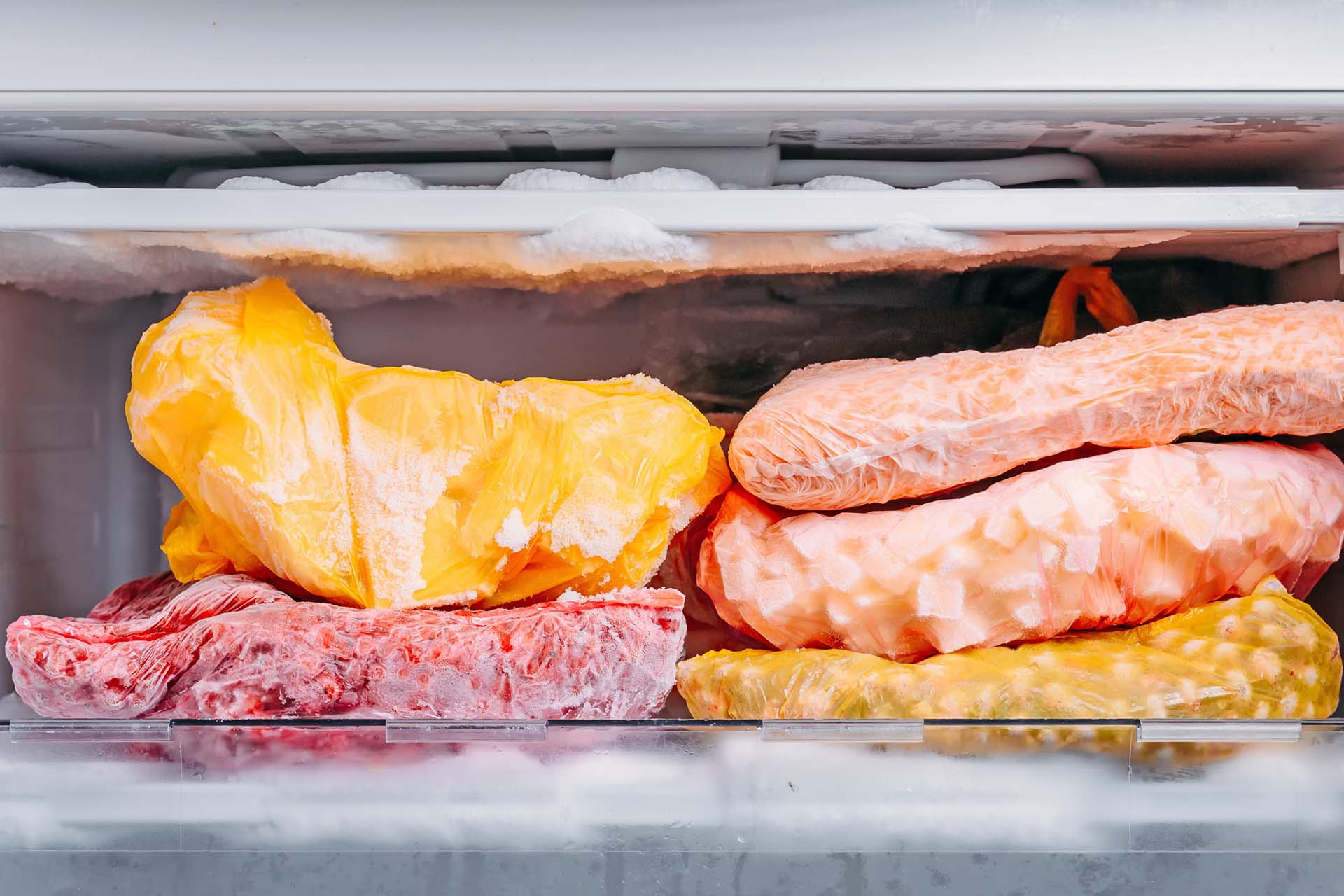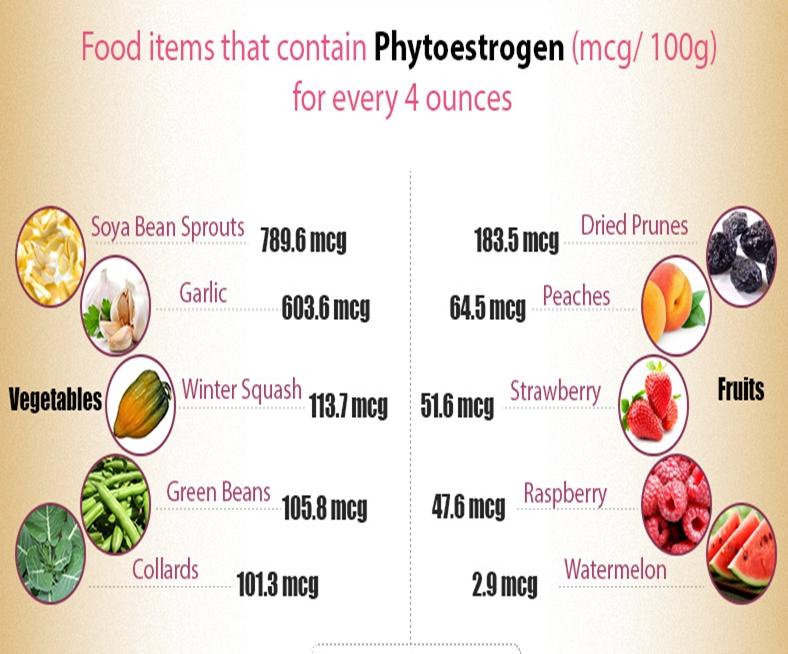- Gather Necessary Materials:
- Fruit Seeds: Choose fresh, ripe, and organic fruits for your seeds.
- Seed Starting Mix: Use a lightweight and well-draining potting mix specifically designed for starting seeds.
- Seedling Pots or Trays: Opt for small pots or trays with drainage holes to prevent waterlogging.
- Water Can or Mister: You’ll need to water your seeds regularly but avoid overwatering.
- Labeling System: Use tags or markers to label each pot or tray with the variety of fruit you’re planting.
- Plastic Wrap or Humidity Dome: This will help maintain moisture and humidity around the seeds.
- Prepare the Seeds:
- Remove the fruit pulp from the seeds.
- Rinse the seeds thoroughly to remove any remaining pulp or debris.
- Stratify the seeds if required. Some fruit seeds need a period of cold treatment (stratification) to break their dormancy. Research the specific requirements for the fruit you’re planting.
- Sow the Seeds:
- Fill your seedling pots or trays with the seed starting mix, leaving some space at the top for watering.
- Moisten the seed starting mix.
- Sow the seeds onto the surface of the soil, spacing them according to the recommended distance for each variety.
- Gently cover the seeds with a thin layer of potting mix.
- Provide Warmth and Humidity:
- Place the pots or trays in a warm location with temperatures between 70-80°F.
- Cover the pots or trays with plastic wrap or a humidity dome to retain moisture and create a greenhouse effect.
- Keep the potting mix evenly moist but not soggy.
- Germination and Thinning:
- Monitor the seeds regularly for germination, which typically takes a few days to a few weeks, depending on the fruit variety.
- Remove the plastic wrap or humidity dome once most of the seeds have germinated.
- Thin out the seedlings to allow the strongest ones to grow. Remove weaker seedlings by pinching them off at the base.
- Provide Light and Fertilization:
- Place the seedlings under grow lights or in a sunny spot indoors. Seedlings need 12-16 hours of light per day.
- Fertilize the seedlings every two weeks with a diluted liquid fertilizer.
- Keep the potting mix moist but not waterlogged.
- Transplant to Larger Containers:
- Once the seedlings have developed a few sets of true leaves, transplant them into larger pots or containers to allow more room for root growth.
- Use a well-draining potting mix and transplant the seedlings carefully, making sure not to damage the roots.
- Harden Off the Seedlings:
- Gradually acclimate the seedlings to outdoor conditions by exposing them to outside temperatures for a few hours each day.
- Start with a shady location and gradually move them into full sun.
- Harden off the seedlings for a week or two before transplanting them outdoors.
- Plant Outdoors:
- Choose a sunny location with well-draining soil.
- Dig holes large enough to accommodate the root balls of the seedlings.
- Carefully transplant the seedlings into the holes, keeping the root crowns at the soil level.
- Water the seedlings thoroughly and regularly.
- Provide support for climbing fruit plants like grapes or passion fruit.










